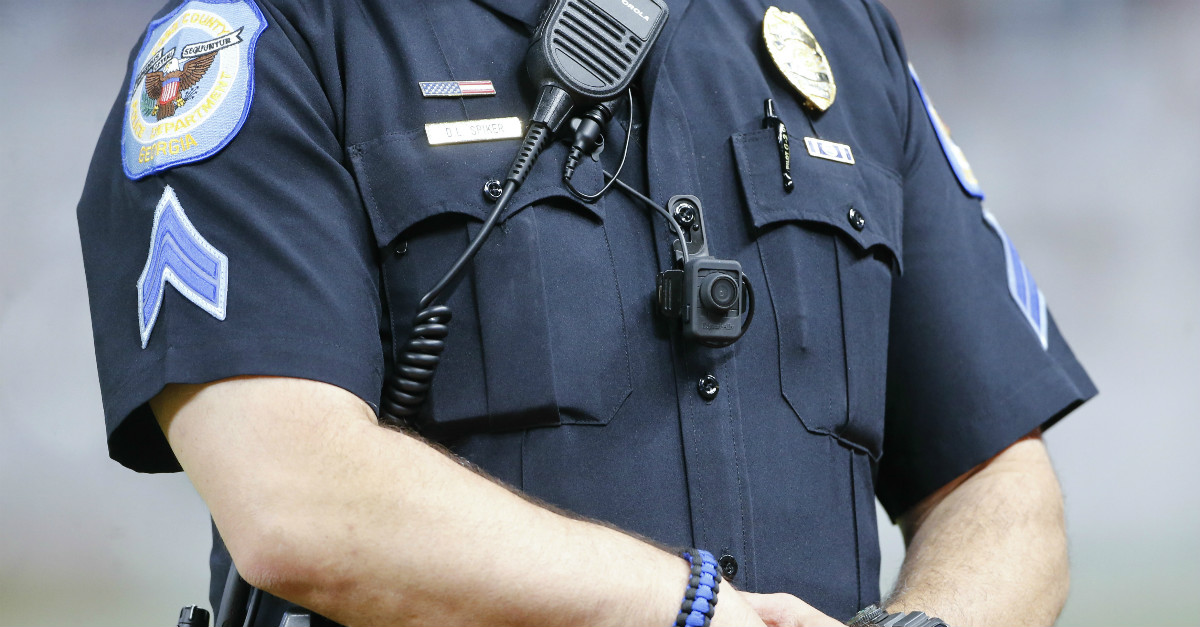[protected-iframe id=”65b1351d57ff155bcaf3ce052ab9cafa-46934866-41575867″ info=”https://uw-media.usatoday.com/video/embed/86902210?placement=embed” width=”540″ height=”350″ frameborder=”0″ scrolling=”no”]
Videos by Rare
The National Law Enforcement Officers Memorial Fund released its latest data on police who died in the line of duty Thursday, and the news is encouraging: Deaths in 2017 have hit a nearly 58-year low.
The only other year with fewer police deaths since 1959 was in 2013, when 116 officers were killed.
RELATED: Stunning video of police shooting an ex-deputy nine times shows what really happened that night
The significant drops comes after one of the deadliest years on record for police officers. In 2016, 143 officers died, with 66 being fatally shot. This year, 128 officers have died in the line of duty, 44 of them by gunshot.
“I think this is one of those good-news, bad-news situations,” said Craig Floyd, president and chief executive of the Memorial Fund. “On one hand, you had 128 officers who made the ultimate sacrifice, showing the cost of public safety, but for the first time since 2013, the number of deaths has actually declined.”
There’s no way to pinpoint exactly why police deaths declined, particularly by gunfire. Some reasons for the drop could include advances in safety gear such as bulletproof vests, better training, better relationships with community members or reduced violence in communities generally. Or, some suggest, 2017 could simply be an outlier.
“It’s definitely a good sign, but if it’s a trend, we’ll have to see,” Geoffrey P. Alpert, a professor at the University of South Carolina and a researcher on high-risk police activities, told USA Today. “I think we’re starting to see the impact of all this new training and equipment, and a shift because of the overall concern for officer safety.”
Texas had the highest number of law enforcement officers killed on the job in 2017, with 14. Florida and New York, both with nine deaths, followed.
Randy Sutton, a spokesman for the Blue Lives Matter group, said one reason for a drop in killings could be a change in how officers approach arrests. He said police officers are more careful to not put themselves in dangerous situations as often because of the number of high-profile and controversial shootings over the past few years.
RELATED: Police officer shot in the hand after foot chase turned violent
“There’s a saying in law enforcement: You can’t get in trouble for the car stop you don’t make,” Sutton told USA Today. “They don’t want to be the next Ferguson, the next officer burned on the stake.”
Floyd said he’s hopeful that the decline in police killings in 2017 will be the start of a trend. He said looking at data stretching back to the 1970s, the number of officers killed has generally shifted downward.
“In my 33 years doing this, I’ve never seen the amount of awareness given to officer safety and wellness,” Floyd told USA Today. “I think that’s definitely been paying off and will continue to help make law enforcement a significantly safer profession.”



